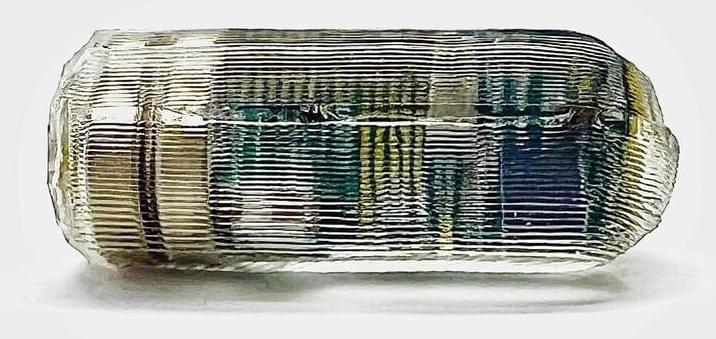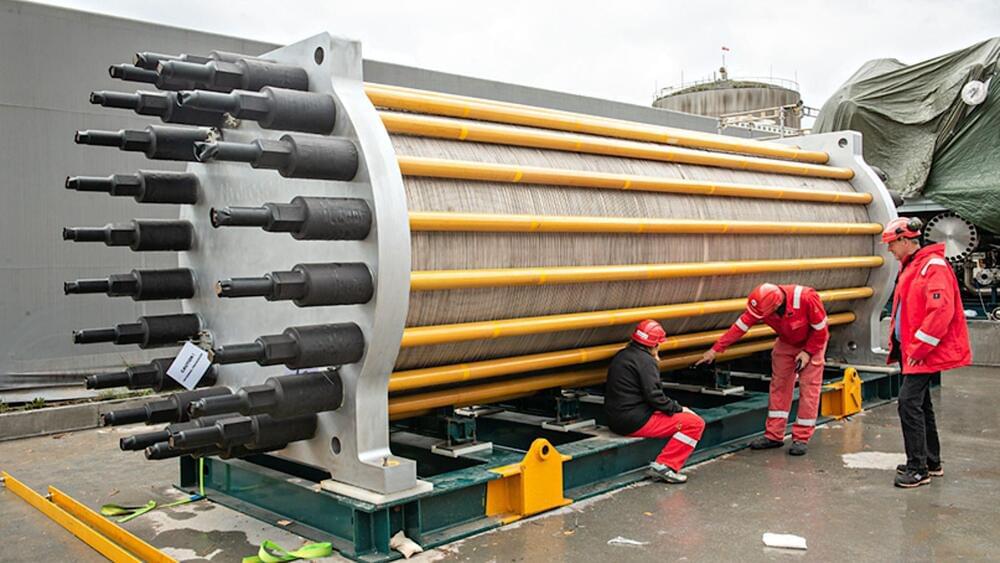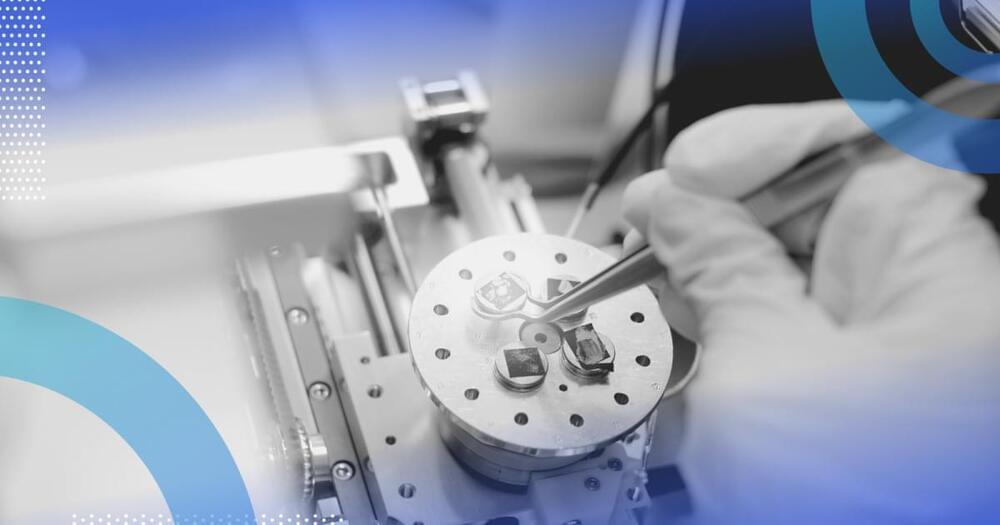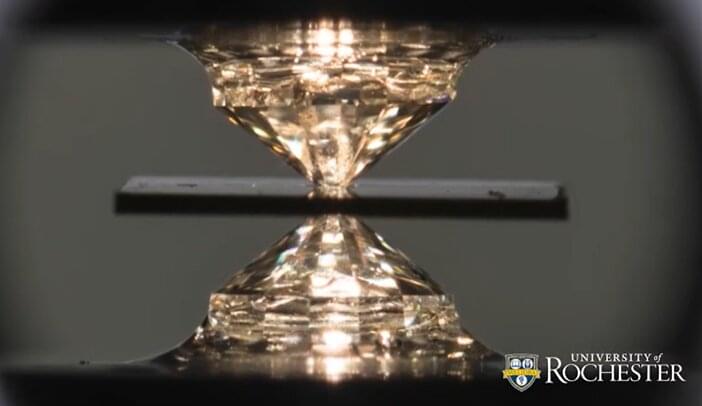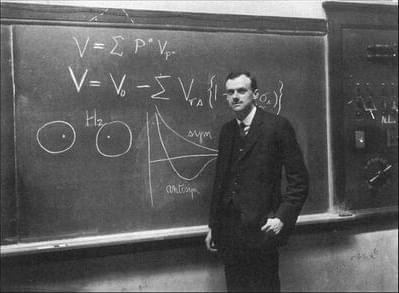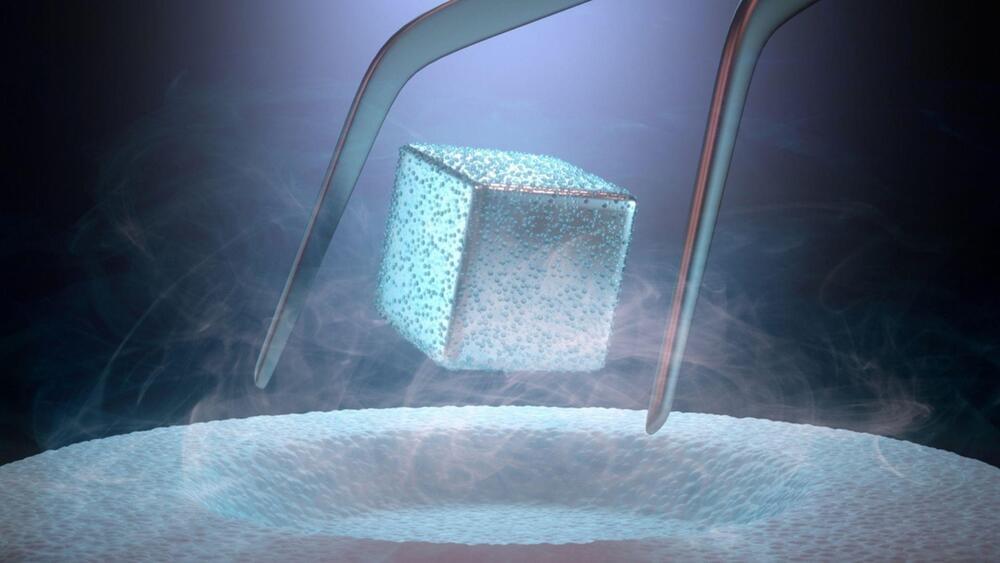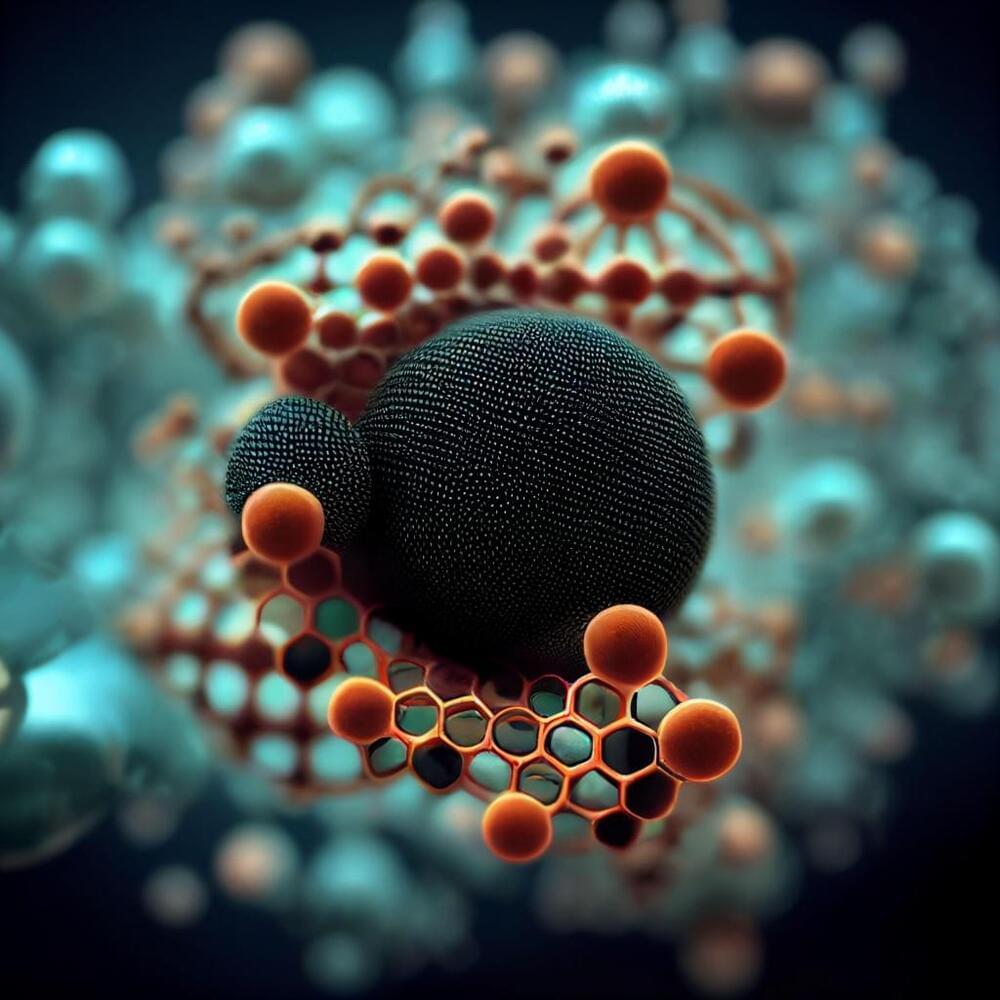Mar 13, 2023
New MIT/Caltech Ingestible Sensor Could Help Doctors Pinpoint GI Difficulties
Posted by Saúl Morales Rodriguéz in categories: biotech/medical, education, engineering
The sensor sends out its location as it moves through the GI tract, revealing where slowdowns in digestion may occur.
Engineers at MIT
MIT is an acronym for the Massachusetts Institute of Technology. It is a prestigious private research university in Cambridge, Massachusetts that was founded in 1861. It is organized into five Schools: architecture and planning; engineering; humanities, arts, and social sciences; management; and science. MIT’s impact includes many scientific breakthroughs and technological advances. Their stated goal is to make a better world through education, research, and innovation.
